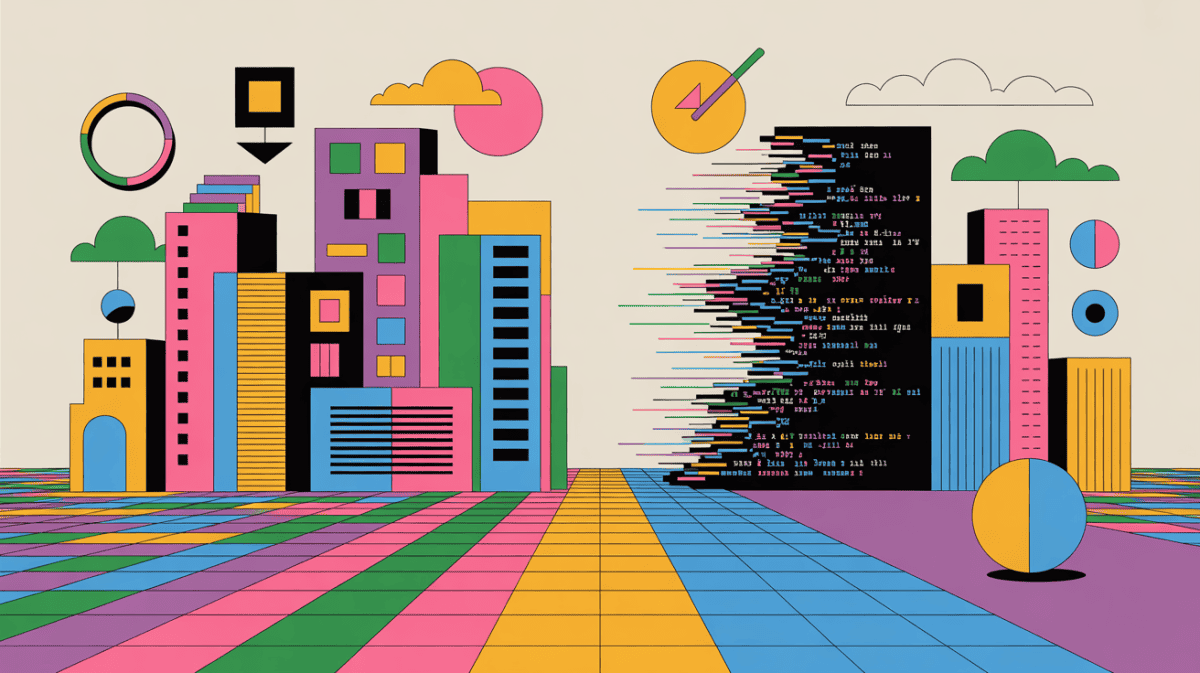Redefining the Magic: When AI Outsmarts the Maker
There’s an uncanny moment in every creative professional’s life: the first time your tool finishes your sentence before you do. Generative AI is upending not just workflows, but the very magic of invention. What happens when the algorithm not only predicts what comes next, but actually produces something more provocative, elegant, or humane than you would? Are we on the brink of irrelevance, or finally free to seek bolder questions? It’s tempting to be taken in by the sorcery. But the bravest move is to challenge the machine—not with nostalgia, but with unruly curiosity.
Design Weirdness: Nourishing the Glitches of the Future
Generative AI shines with technical mastery and relentless pattern-matching. But AI’s power is also its most profound flaw. The truly remarkable digital product—the one that sticks—often comes from a bug, not a feature. Designers should be studying the chaos in outputs, not correcting it out of existence. Today’s accidents and anomalies are tomorrow’s trends. Embracing the algorithmic uncanny means letting the model get “weird” and resisting the urge to sandpaper off every jagged creative edge.
From Soulmate to Doppelganger: The Joy and Danger of Total Personalization
As AI promises (and threatens) products and interfaces that “know” us better than we know ourselves, we step into a paradox. Design is supposed to surprise, stretch, and sometimes unsettle us. But when AI hyper-personalizes, the risk is an endless funhouse of comfortable sameness. If designers aren’t vigilant, users will never leave their algorithmic echo chambers. What’s needed is a human hand on the wheel, deliberately steering into creative discomfort and the unknown.
Reclaiming Agency: Becoming Co-Conspirators With the Machine
Let’s stop pretending that creativity in 2025 is a duel between human and AI. The best work happens at the threshold—when designers treat AI as an unpredictable collaborator, not a genie to command or a rival to defeat. Co-creation in its purest form means negotiating, arguing, pushing, remixing, and occasionally outsmarting your own tool. AI is not a shortcut; it is a spark, and the best designers will never accept the first thing the model spits out, no matter how seductively “finished” it seems. In the age of algorithmic uncanny, agency comes from the courage to disagree with the machine.
Conclusion: Towards Flawed, Uncanny, Unmistakably Human Products
If design is only ever as perfect as AI wants it to be, the culture will turn bland, sterile, and forgettable. The future belongs to work that dares to be strange—products made powerful not by technical polish but by the visible imperfection of the team behind them. Embrace the uncanny. Feed the glitches. Build things that, at least for now, no AI can entirely anticipate or reproduce.


Leave a Reply